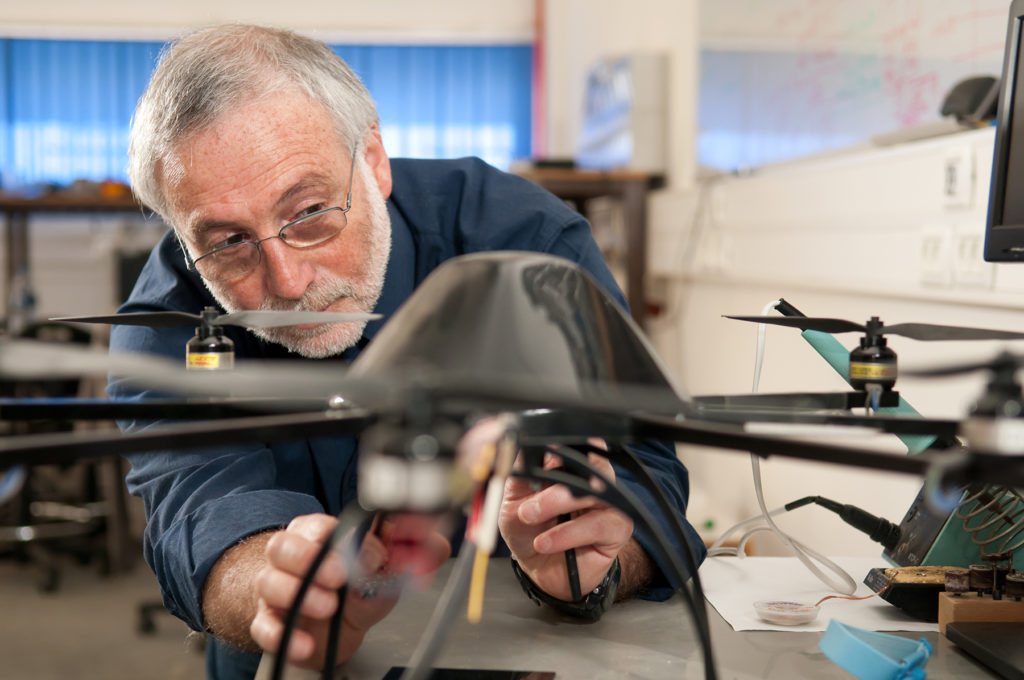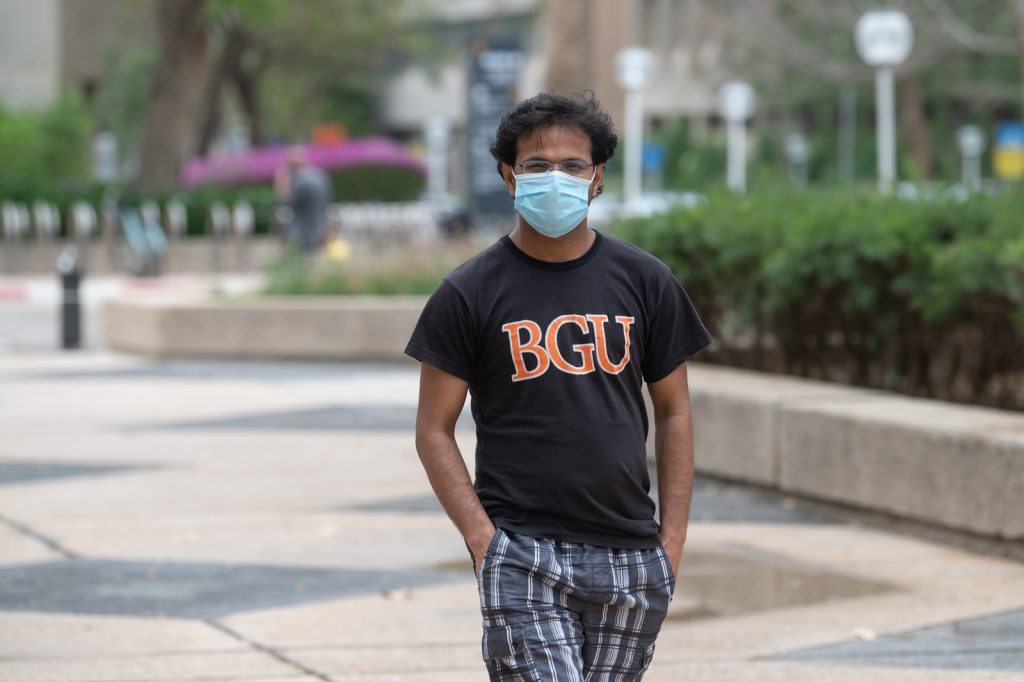
Making Injections Faster and More Accurate
Making Injections Faster and More Accurate
May 8, 2017
Reader’s Digest — If you’ve ever been pricked too many times for a shot before the clinician finally finds your vein, you already know the frustrations of a misplaced needle. But for deeper injections, the stakes are even higher.
Plastic tubes called catheters need to reach large veins to draw blood or deliver medications. Instead of pricking an arm, clinicians insert the needles in places like the neck or thigh. They don’t always find veins the first time, and a child’s veins are even harder to locate.
In fact, about 30 percent of those injections miss the mark, says Prof. Hugo Guterman of BGU’s Department of Electrical and Computer Engineering and the founder of the University’s Laboratory for Autonomous Robotics.
What’s more, about 300 Americans die each year of infections and other complications from misplaced needles.
To make deep injections more accurate, Prof. Guterman and his lab have developed the Fast Intelligent Needle Delivery (FIND) system.
The system hooks a joystick up with an ultrasound to find the vein. Once the device finds its target, the needle goes in at the push of a button — far more accurate than doing it by hand.
“From our experience, everyone who used FIND was able to find the vein and introduce the needle after five minutes of training,” says Prof. Guterman. “Therefore, we are very optimistic and expect that a well-trained operator will get an almost 100 percent success rate.”
Not only is FIND safer, but it also saves time. Manual insertions can take anywhere from one to 45 minutes, says Prof. Guterman, but FIND finishes in just a fraction of that time. Setting the system up and inserting the needle takes just 20 to 45 seconds.
FIND still needs to go through clinical testing before seeking FDA approval. In the meantime, Prof. Guterman has teamed up with Cincinnati Children’s Hospital Medical Center to create Xact Medical to continue research and development. He hopes that the FIND system will one day have even wider uses, such as biopsies.
“It can be adapted to be used in every part of the body,” says Prof. Guterman.
This post is excerpted from a story by Marissa Laliberte, who recently participated in Americans for Ben-Gurion University’s 2017 Murray Fromson Media Fellowship.





